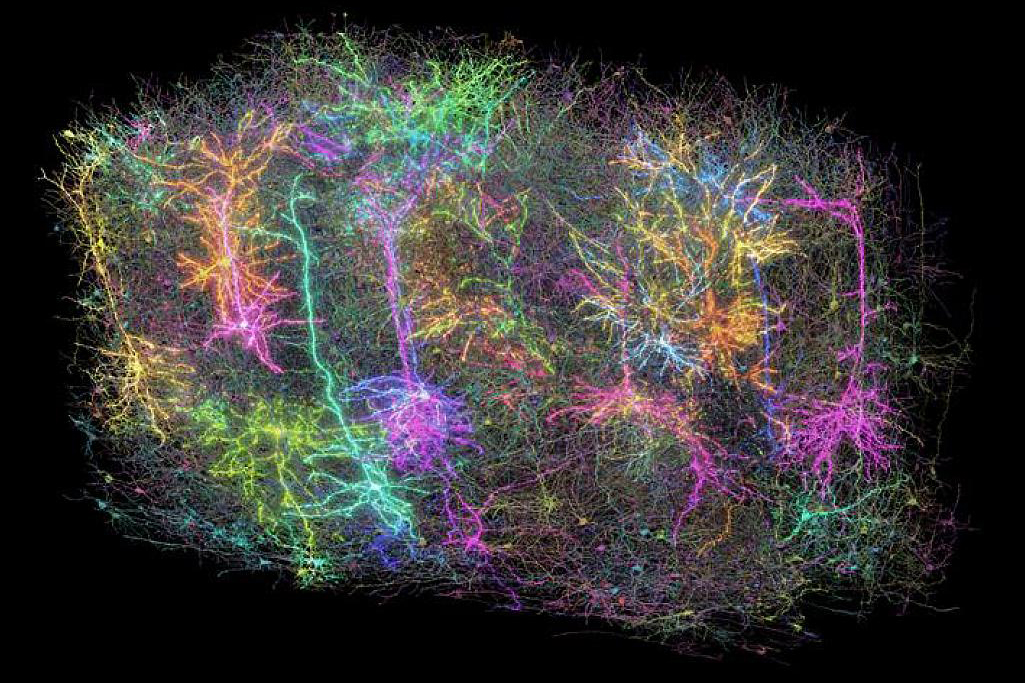Atacama Cosmology Telescope Unveils Stunning New Image of the Universe's Infancy

In the arid and rarefied atmosphere of Chiles Atacama Desert, situated nearly 17,000 feet above sea level, a groundbreaking instrument is providing remarkable insights into the universe's early history. The Atacama Cosmology Telescope (ACT), strategically located on the lofty plateau of Cerro Toco, has produced an awe-inspiring new image that illustrates the cosmic landscape as it existed a mere 380,000 years following the Big Bang. This extraordinary depiction of the universe in its infancy is not just visually stunning; it serves as a scientific marvel, offering unprecedented insights into the universe's formation, structure, and ultimate fate. In this article, we delve into the significance of this image, the methodology behind its capture, and its potential impact on our understanding of cosmology.
Witnessing the Birth of the Universe
The universe, estimated to be around 13.8 billion years old, has a timeline that stretches far beyond what direct observation can capture. While we can observe galaxies that are billions of light-years away, truly witnessing the formative moments of cosmic history necessitates tools that surpass the capabilities of standard optical telescopes. To bridge this gap, scientists turn their attention to the cosmic microwave background (CMB)the oldest light in the universe, a faint afterglow that permeated the cosmos as it was starting to cool and form structures.
The CMB was first detected in 1965, and subsequent instruments such as COBE, WMAP, and Planck have progressively mapped its intricacies with greater precision. However, the latest image from ACT pushes these boundaries significantly further by capturing subtle variances in the temperature and polarization of the CMB. These distinctions reveal the ripples and fluctuations that eventually coalesced into galaxies, stars, and planets, including our own.
The colored band in the accompanying illustration indicates the specific period in cosmic history that the new images represent.
Diagram by Lucy Reading Ikkanda, Simons Foundation
The Unique Advantages of the Atacama Cosmology Telescope
Why is the Atacama Desert chosen for this monumental task? The answer lies in its unique environmental conditions. The deserts extreme dryness, combined with its high altitude, minimizes atmospheric interference, thereby enabling ACTs sensitive instruments to detect even the faintest microwave signals emanating from the early universe. The telescope itself features a six-meter dish, meticulously designed and equipped with thousands of detectors maintained at just a fraction of a degree above absolute zero, allowing it to scan broad areas of the sky with remarkable sensitivity.
Over numerous years of observation, ACT has amassed vast quantities of data, necessitating sophisticated processing techniques that involved a collaborative effort among an international team of scientists. The outcome is the most detailed ground-based map of the CMB ever created. The new image released by the ACT team showcases temperature differentials measuring mere millionths of a degree. These minute fluctuations are not merely random noise; they represent the primordial seeds from which all cosmic structures would eventually grow.
The Atacama Cosmology Telescope, positioned high in the Chilean Andes, scrutinizes light that has traversed more than 13 billion years to reach Earth, effectively allowing scientists to peer back in time to the universe's nascent moments.
Photo by Debra Kellner
Insights from the New Image
The ACT image does not depict stars or galaxies; rather, it presents a delicate mosaic of warmer and cooler regions, each signifying slightly denser or less dense areas of the young universe. These variances were instigated by quantum fluctuations during the universe's earliest moments, subsequently stretched across the cosmos by the profound phenomenon of cosmic inflation.
Importantly, the structure of the CMB conveys vital information about the universes fundamental characteristics:
- Age of the Universe: ACT's measurements reaffirm that the universe is approximately 13.8 billion years old, consistent with previous observational data.
- Shape of the Universe: The map indicates a remarkably flat universe, reinforcing key predictions of inflation theory.
- Dark Matter and Dark Energy: The distribution of fluctuations provides scientists with clues regarding the proportions of dark matter, dark energy, and ordinary matter in the universe.
- Expansion Rate: Interestingly, ACT's data contribute to the ongoing discourse regarding the Hubble constantthe rate at which the universe expands. Their findings suggest a slightly slower expansion rate compared to results gathered from observations of nearby galaxies.
Research conducted by the Atacama Cosmology Telescope (ACT) collaboration has resulted in the clearest images yet of the universe's infancy. The left side of the image showcases part of a new half-sky view, where three wavelengths of light have been combined to emphasize the Milky Way (depicted in purple) and the cosmic microwave background (shown in gray). To the right, a close-up of the Orion Nebula is presented.
Image from ACT Collaboration
A Marvel of Technology and Collaboration
The creation of this map was no small accomplishment. Over a span of six years, ACT meticulously scanned nearly half the sky, gathering terabytes of raw data. The real challenge was disentangling the CMB from foreground noise, which includes emissions from our galaxy, distant galaxies, and cosmic dust. Researchers employed sophisticated statistical methodologies, alongside machine learning algorithms, to efficiently isolate the CMBs signature. Each pixel within the final map reflects immense diligencea harmonious blend of careful engineering, algorithmic ingenuity, and relentless human determination.
This project represents a collaboration involving more than 160 scientists from 41 institutions across seven different countries. Their work epitomizes the essence of contemporary cosmology: a collective human endeavor that transcends geographic boundaries and cultural differences, all united by a shared ambition to comprehend our cosmic origins.
Looking to the Future
Although the current ACT survey has concluded, this is far from the end of the story. Scientists are still engaged in analyzing the data, looking for subtle patterns that could hint at new physics, including primordial gravitational waves or signals from the very earliest moments of cosmic inflation. Meanwhile, plans for ACT's successor are already underway. The Simons Observatory, currently under construction in the Atacama Desert, will boast even more advanced instruments and broader sky coverage, promising to refine our understanding of the CMB and delve deeper into the universe's formative moments. Beyond this, the ambitious CMB-S4 project, an international collaboration poised to deploy thousands of detectors across multiple sites, aims to push the frontiers of knowledge even further, potentially exploring realms of physics that currently exist only in our imaginations.
A new image of cosmic microwave background radiationdepicted in a half-sky image on the left and a close-up on the rightadds enhanced definition from the Atacama Cosmology Telescope to an earlier image captured by the Planck satellite. The orange and blue hues represent varying intensities of radiation, unveiling novel features in the universe's density. The Milky Way is illustrated as a red band in the half-sky view.
Image from ACT Collaboration; ESA/Planck Collaboration
The Atacama Cosmology Telescopes latest image of the early universe transcends mere scientific achievement; it stands as a testament to human curiosity, collaboration, and an unquenchable thirst for knowledge regarding our origins. By capturing this unprecedented glimpse of cosmic infancy with remarkable clarity, ACT has not only deepened our comprehension of the cosmos but also opened new avenues for future exploration. As we approach new discoveries, guided by ancient light that has traveled billions of years to reach us, we are reminded of an essential truth: the universes past is an inseparable part of our present. It is our narrative, inscribed among the stars and now, finally, within our reach.
Clear skies!


















